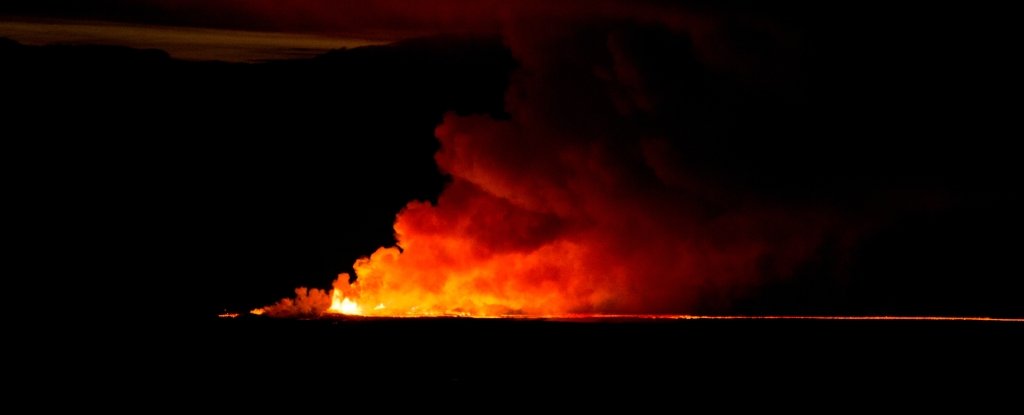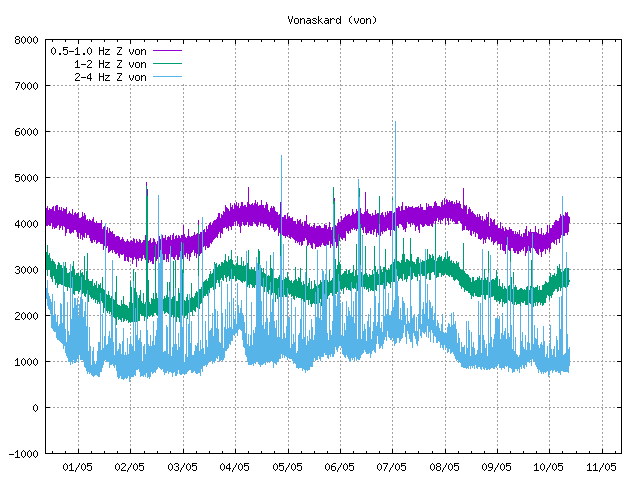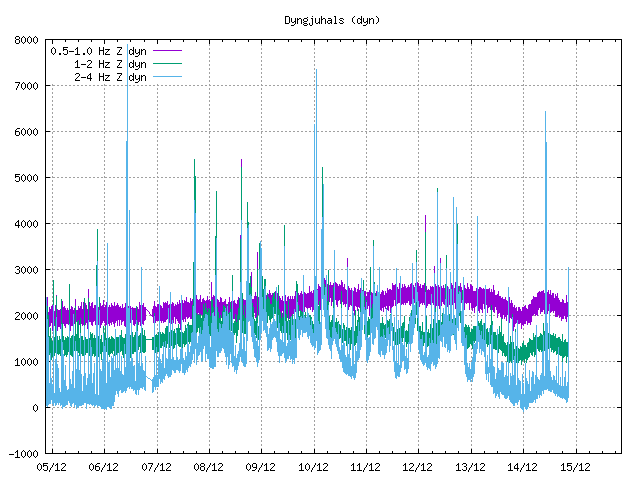Na Sinabung, ook Stromboli weer uitgebarsten. Het broeit onder Bardabunga.
Afgelopen week al een berichtje gepost over de uitbarsting van Sinabung. ook stromoli is nu voor de 2e keer in 1 week uitgebarsten. Gisteren barstte Stromboli uit, een korte maar krachtige explosie. Tevens is er activiteit op IJsland, bij de Bardabunga. Aardbevingen beginnen toe te nemen. Tekenen dat er een uitbarsting zou kunnen gaan komen, bij Ijslands grootste vulkaan. Hieronder de berichtgevingen:New strong explosion at Stromboli volcano, Italy

A new strong explosion took place at Stromboli volcano, Italy at 20:29 UTC on November 1, 2017, and lasted approximately 3 minutes.
According to INGV Catania, the explosion was similar to that of October 23, 2017. "Surveillance camera image analysis showed that the explosive sequence started with an intense event from the southcentral crater and was followed by several smaller explosions in the following minutes," the observatory said.
The explosion ejected abundant crude pyroclastic material on Sciara del Fuoco viewpoint and in the direction of Pizzo sopra la Fossa as well as dense ash plume which quickly dispersed.

Credit: INGV
"This was a typical explosive sequence, well known in the literature, and is not necessarily linked to the rise of new magma," INGV said.
An inspection will be performed over the next few days to characterize the event in more detail.
"At present, it can not be ruled out that such events can happen again in the near future," INGV concluded.
Geological summary
Spectacular incandescent nighttime explosions at this volcano have long attracted visitors to the "Lighthouse of the Mediterranean."
Stromboli, the NE-most of the Aeolian Islands, has lent its name to the frequent mild explosive activity that has characterized its eruptions throughout much of historical time. The small, 924-m-high (3 031 feet) island is the emergent summit of a volcano that grew in two main eruptive cycles, the last of which formed the western portion of the island.
The Neostromboli eruptive period from about 13 000 to 5 000 years ago was followed by formation of the modern Stromboli edifice. The active summit vents are located at the head of the Sciara del Fuoco, a prominent horseshoe-shaped scarp formed about 5 000 years ago as a result of the most recent of a series of slope failures that extend to below sea level.
The modern volcano has been constructed within this scarp, which funnels pyroclastic ejecta and lava flows to the NW. Essentially continuous mild strombolian explosions, sometimes accompanied by lava flows, have been recorded for more than a millennium. (GVP)
Featured image: Strong explosion at Stromboli volcano, Italy on November 1, 2017. Credit: INGV
Bron: https://watchers.news/2017/11/01/new-strong-explosion-at-stromboli-volcano-italy/
Stromboli nu:

Bron: http://www.ct.ingv.it/Dati/Helicorders/STR1_EHZ_IT/20171102/STR1_EHZ_IT.0002.gif
Iceland's Biggest Volcano Is Getting Ready to Erupt Again
 (Paddy Scott/Shutterstock)
(Paddy Scott/Shutterstock)At least it's easier to pronounce than Eyjafjallajökull.MICHELLE STARR
2 NOV 2017
Earthquake rumbles under the Vatnajökull glacier in Iceland could be signs of an impending eruption by the country's biggest volcano.
Bárðarbunga, which stands 2,009 metres (6,591 ft) above sea level, is one of a number of volcanoes that geologists are carefully monitoring after a spate of recent earthquake activity - indicating that the pressure in the volcano is increasing.
"The reason for the earthquakes in this place is that the volcano Bárðarbunga is inflating, i.e. the pressure of magma in the magma chamber is increasing," volcano expert Páll Einarsson at the University of Iceland told the Daily Star.
"The volcano is clearly preparing for its next eruption, that may happen in the next few years. The earthquakes last week are just the symptoms of this process, they do not cause the volcano to erupt."
Bárðarbunga has been rumbling, he said, since February 2015 - when the volcano's last eruption, beginning August 2014, ended. Prior to that event, the volcano had been causing earthquakes with increasing frequency since 2007 - and the eruption itself was preceded by a swarm of 1,600 eruptions within 48 hours.
The 2014-2015 eruption of Bárðarbunga was relatively light in consequences compared to the earlier 2010 eruption of the smaller Eyjafjallajökull. A subglacial stratovolcano, Eyjafjallajökull's modest-sized eruption caused unusual and disproportionate havoc.
The heat of the volcano melted the ice cap, which caused floods. Then it spewed ash several kilometres into the atmosphere - where it was carried thousands of kilometres over Europe by the jet stream above.
So thick and far-reaching was the ash that air travel all over Europe was disruptedfor weeks after the eruption.
Bron: http://www.sciencealert.com/iceland-biggest-volcano-bardarbunga-ready-to-erupt-earthquakes
Wil je zelf de webcams in de gaten houden: http://www.livefromiceland.is/
De aardbevingen op Ijsland:

Bron: https://www.volcanodiscovery.com/bardarbunga-earthquakes.html


Bron: http://hraun.vedur.is/

 Roaring in "vulkanenland"
Roaring in "vulkanenland"




